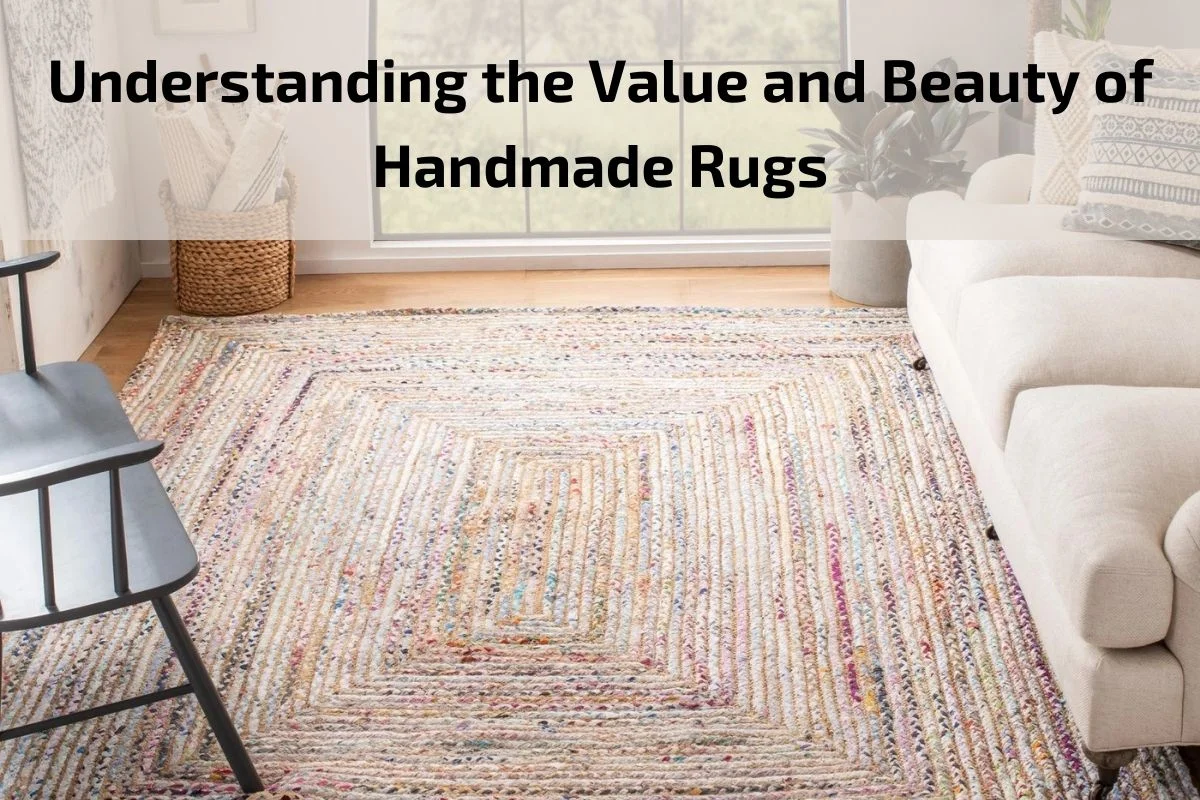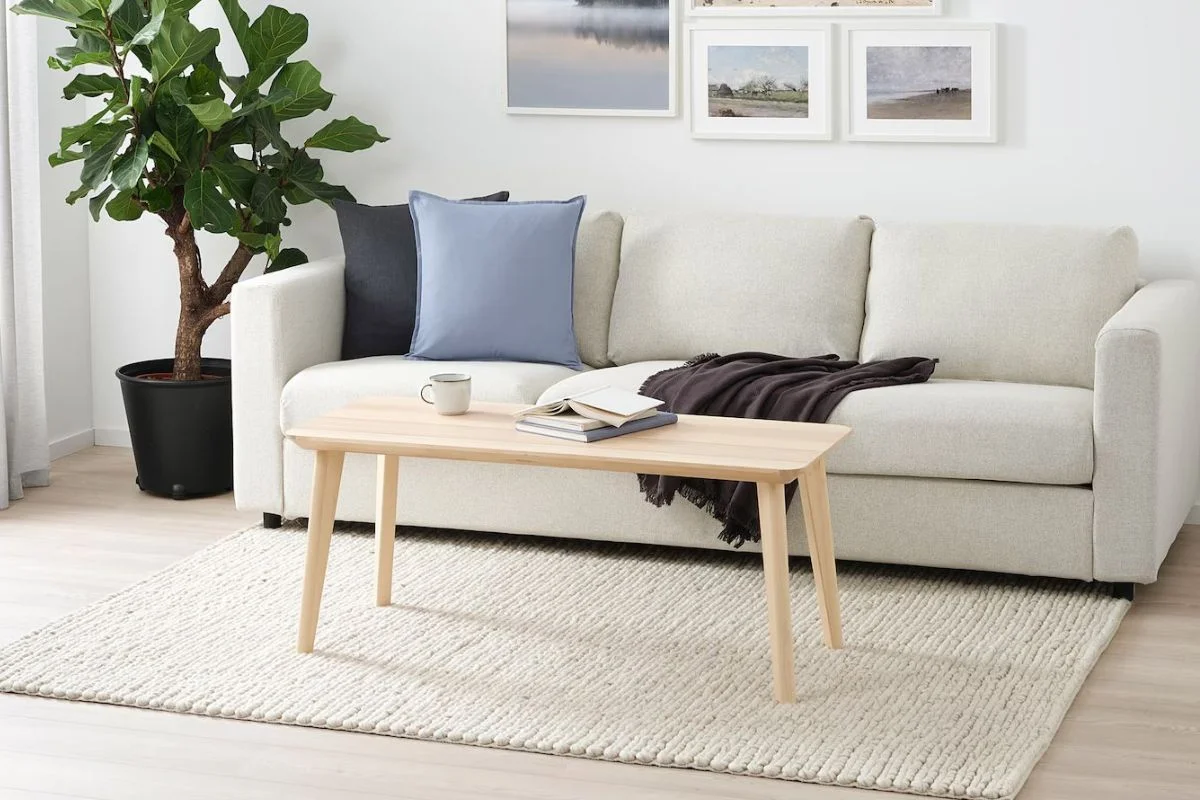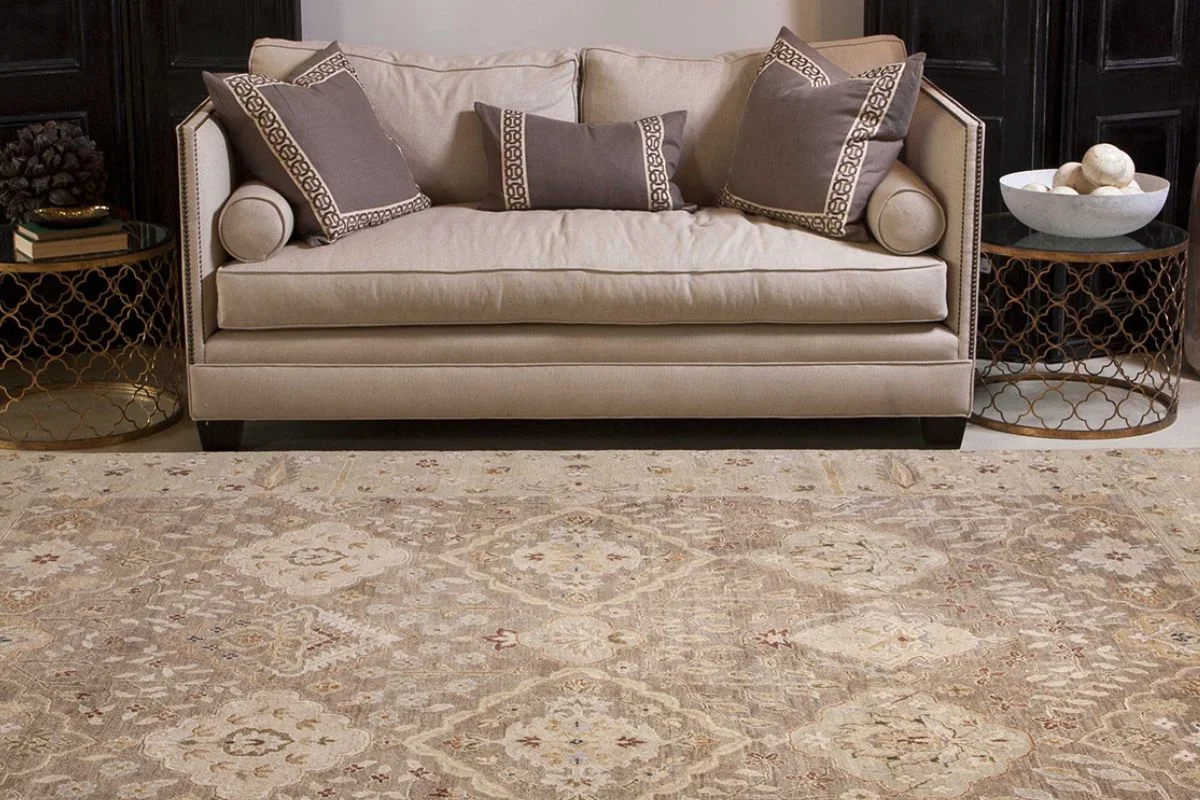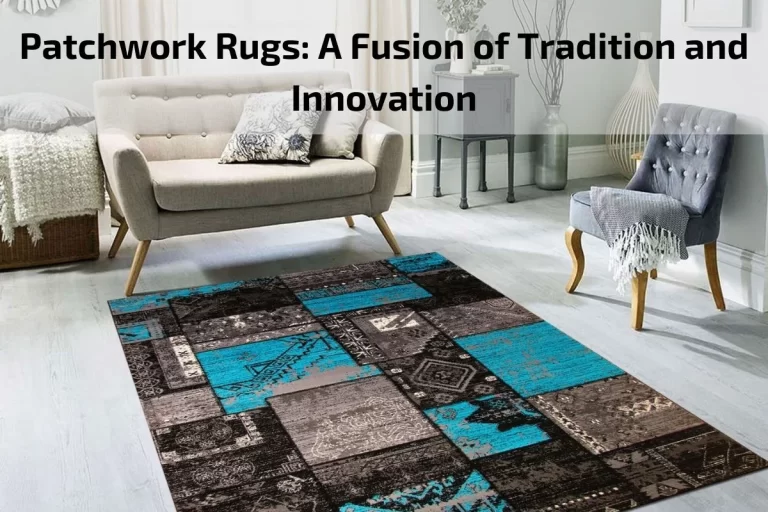Handmade rugs represent an exquisite fusion of artistry, tradition, and craftsmanship that transcends time and culture. These intricate pieces are more than mere floor coverings; they are expressions of cultural heritage, stories woven into threads, and symbols of timeless beauty.
In this exploration of handmade rugs, we delve into the intricacies of their creation, unraveling the layers of skill, dedication, and cultural significance that imbue each piece with unparalleled value and beauty. From the meticulous hand knotting or weaving techniques to the vibrant colors and intricate patterns, handmade rugs offer a glimpse into the rich tapestry of human creativity and craftsmanship.
Brief overview of handmade rugs
A brief overview of handmade rugs reveals them as intricately crafted pieces of artistry and tradition. Handmade rugs are meticulously woven or knotted by skilled artisans using traditional techniques passed down through generations. These rugs are created using natural fibers such as wool, silk, or cotton, sourced from sustainable materials.
Each handmade rug tells a unique story, reflecting the cultural heritage and artistic vision of the artisans who create them. From Persian rugs with intricate floral motifs to Moroccan rugs featuring geometric patterns, handmade rugs showcase a diverse array of styles and designs that capture the essence of different regions and cultures.
Handmade rugs are cherished for their exceptional quality, durability, and timeless beauty. The craftsmanship involved in their creation results in rugs that are not only functional floor coverings but also works of art that add warmth, texture, and character to any space.
Whether adorning the floors of grand palaces or humble homes, handmade rugs serve as symbols of craftsmanship, tradition, and cultural identity. Their enduring appeal and timeless elegance make them prized possessions that are passed down through generations, enriching homes and inspiring admiration for their beauty and artistry.
Advantages and Disadvantages of Handmade rug
Advantages of Handmade Rugs:
Superior Quality: Handmade rugs are crafted with meticulous attention to detail and craftsmanship, resulting in superior quality compared to machine-made rugs.
Unique Designs: Each handmade rug is a one-of-a-kind masterpiece, featuring unique designs, patterns, and color combinations that reflect the artistic vision of the artisan.
Cultural Significance: Handmade rugs often carry cultural and historical significance, with motifs and symbols that represent the heritage and traditions of the region where they are crafted.
Longevity: Handmade rugs are known for their durability and longevity, with proper care and maintenance, they can last for generations and become cherished family heirlooms.
Investment Value: High-quality handmade rugs can appreciate in value over time, making them a valuable investment that retains its worth and can be passed down as an inheritance.
Disadvantages of Handmade Rugs:
Higher Cost: Handmade rugs tend to be more expensive than machine-made rugs due to the labor-intensive process involved in their creation and the use of premium materials.
Limited Availability: Handmade rugs are often produced in limited quantities by skilled artisans, which can result in limited availability and longer lead times for acquisition.
Prone to Imperfections: Handmade rugs may have slight imperfections or variations in design due to the manual weaving or knotting process, which some buyers may find undesirable.
Care and Maintenance: Handmade rugs require special care and maintenance to preserve their beauty and extend their lifespan, including regular cleaning and protection from moisture and sunlight.
Allergic Reactions: Some individuals may be sensitive to the natural fibers used in handmade rugs, such as wool or silk, which can trigger allergic reactions or respiratory issues.
Types and Styles of Handmade Rugs
Persian Rugs: Persian rugs are renowned for their intricate designs, rich colors, and high knot density. They often feature traditional motifs such as floral patterns, medallions, and geometric shapes, reflecting the cultural heritage of Iran and surrounding regions.
Oriental Rugs: Oriental rugs encompass a wide range of styles originating from countries in the Middle East, Asia, and North Africa. These rugs are characterized by bold colors, intricate patterns, and meticulous craftsmanship, with each region producing its unique designs and techniques.
Kilim Rugs: Kilim rugs are flat-woven textiles traditionally produced in countries like Turkey, Iran, and Afghanistan. They feature vibrant colors, geometric patterns, and intricate weaving techniques, making them lightweight and versatile for use as floor coverings or decorative wall hangings.
Moroccan Rugs: Moroccan rugs are known for their tribal designs, geometric patterns, and plush pile textures. They are handwoven by Berber artisans in the Atlas Mountains using natural wool fibers and traditional techniques, resulting in cozy and inviting rugs that add warmth and character to any space.
Turkish Rugs: Turkish rugs are celebrated for their intricate designs, vibrant colors, and high-quality craftsmanship. They are hand-knotted or handwoven using wool or silk fibers and often feature motifs inspired by nature, history, and Islamic art, reflecting Turkey’s rich cultural heritage.
Dhurrie Rugs: Dhurrie rugs originate from India and are woven from cotton or wool fibers using a flat-weave technique. They feature colorful geometric patterns, stripes, and borders, making them lightweight and reversible for use in various settings.
Aubusson Rugs: Aubusson rugs originate from France and are known for their elegant floral designs, pastel colors, and intricate weaving techniques. They are handwoven using wool or silk fibers and often used as decorative accents in formal living rooms and dining areas.
Tibetan Rugs: Tibetan rugs are handcrafted by artisans in the Himalayan region of Tibet using traditional weaving techniques passed down through generations. They feature intricate patterns, natural dyes, and a plush pile texture, making them prized possessions for collectors and design enthusiasts.
Choosing the Perfect Handmade Rug
Choosing the perfect handmade rug involves careful consideration of several factors to ensure that it complements your space and meets your aesthetic and functional needs. Here are some tips to help you make the right decision:
Determine the Size: Measure the area where you intend to place the rug to determine the appropriate size. Consider whether you want the rug to cover the entire floor or serve as a focal point in a specific area of the room.
Consider the Style: Choose a rug style that harmonizes with your existing décor and personal preferences. Consider factors such as color, pattern, and design elements to ensure that the rug complements the overall aesthetic of the room.
Assess the Material: Handmade rugs are crafted from a variety of natural fibers such as wool, silk, cotton, or jute. Consider the durability, texture, and maintenance requirements of each material to determine which best suits your lifestyle and needs.
Explore Different Designs: Explore the wide range of designs and patterns available in handmade rugs, including traditional motifs, geometric shapes, floral patterns, and abstract designs. Choose a design that resonates with your taste and enhances the visual appeal of your space.
Evaluate the Quality: Assess the quality of the rug based on factors such as knot density, pile height, and craftsmanship. Look for even weaving, consistent colors, and tight knots, which are indicators of a well-made rug that will stand the test of time.
Consider the Budget: Establish a budget for your rug purchase and explore options within your price range. While handmade rugs can be an investment, there are options available to suit a variety of budgets without compromising on quality or style.
Test the Feel: Take the time to feel the rug’s texture and pile to ensure that it feels comfortable underfoot and meets your tactile preferences. Consider whether you prefer a soft, plush pile or a flat-woven texture based on your comfort preferences and practical considerations.
Seek Expert Advice: If you’re unsure about which rug to choose or need assistance in making your decision, don’t hesitate to seek advice from rug experts or interior designers. They can provide valuable insights and recommendations based on your specific needs and preferences.
Care and Maintenance of Handmade Rugs
Proper care and maintenance are essential to preserve the beauty, durability, and longevity of handmade rugs. Here are some tips to help you keep your handmade rug looking its best:
Regular Vacuuming: Vacuum your handmade rug regularly to remove dust, dirt, and debris that can accumulate on the surface and in the fibers. Use a vacuum cleaner with a brushless suction head or set the vacuum to a low-power setting to avoid damaging the delicate fibers.
Rotate the Rug: Rotate your handmade rug periodically to ensure even wear and fading. Rotate the rug 180 degrees every 6 to 12 months, especially if it’s placed in a high-traffic area or receives direct sunlight exposure.
Spot Clean Spills Immediately: Attend to spills and stains promptly to prevent them from setting into the rug fibers. Blot the spill with a clean, dry cloth or paper towel to absorb excess liquid, then use a mild detergent solution and a soft brush to gently spot clean the affected area. Avoid rubbing the stain, as this can cause it to spread or damage the fibers.
Professional Cleaning: Schedule professional rug cleaning every 1 to 3 years, depending on the level of foot traffic and soiling. Choose a reputable rug cleaning service that specializes in handmade rugs and uses gentle cleaning methods to avoid damaging the fibers or causing color bleeding.
Protect from Sunlight: Protect your handmade rug from prolonged exposure to direct sunlight, as UV rays can cause fading and discoloration over time. Use window treatments such as curtains, blinds, or UV-blocking films to shield the rug from sunlight during peak hours of the day.
Use Rug Pads: Place a rug pad underneath your handmade rug to provide cushioning, prevent slipping, and protect the rug and underlying floor surface. Choose a rug pad made from breathable materials that allow air circulation and prevent moisture buildup.
Shake or Beat the Rug: Take your handmade rug outdoors periodically and shake it gently to remove embedded dirt, dust, and debris. Alternatively, hang the rug over a sturdy clothesline or railing and beat it with a rug beater to dislodge dirt particles trapped in the fibers.
Store Properly: If you need to store your handmade rug for an extended period, roll it loosely with the pile facing inward to protect the fibers from dust and pests. Avoid folding the rug, as this can cause creases and permanent damage to the fibers.
Conclusion
In conclusion, caring for and maintaining a handmade rug is essential to preserve its beauty, quality, and longevity. By following the proper care guidelines, including regular vacuuming, prompt spot cleaning, and professional maintenance, you can extend the lifespan of your rug and keep it looking vibrant and inviting for years to come.








